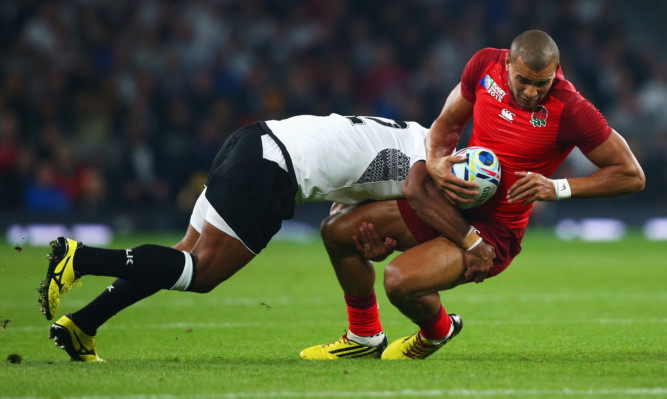Changes to the rules of rugby may be introduced to cut down the risk of players suffering concussion, World Rugby’s chief medical officer has said.
Martin Raftery has told the BBC’s Panorama that the tackle is the area most likely to be the focus of any rulebook changes.
The programme, to be screened this evening, was told by Raftery that a safety review is in progress that may lead to a revision of the laws governing the tackle, the element of the game where a player is most at risk from this type of injury.
It reports that World Rugby is reviewing 900 videos of concussions.
Mr Raftery is interviewed by BBC Scotland presenter and former Scotland international John Beattie.
The chief medical officer says: “There’s no doubt that the biggest area that we think, that we know where concussion is going to occur is in the tackle, so that will help us to look at the tackle and see what we can do to make it safer.”
Mr Beattie then says: “Which – as an old guy – means that we might tweak the tackle law.”
Mr Raftery replies: “It could be. I think that my job is to identify risk and then look for solutions to the law makers to make the changes that will bring about protection of the athlete.”
During the programme, Rugby And The Brain: Tackling The Truth, Mr Beattie also interviews Peter Robinson, from Northern Ireland, whose son Ben died in 2011 as a result of sustaining a double concussion during a school rugby match when he was 14.
The programme comes three days into the 2015 World Cup and less than a week after former Wales flanker Jonathan Thomas was forced to retire due to epilepsy that is thought to have been caused by multiple head traumas.
Dr James Robson, Scottish Rugby Union’s chief medical officer, also said that rule changes were needed to make the game safer.
He told the programme that injury data from the grassroots game had been gathered over the last couple of years, and that the number of concussions had almost doubled in that time.
He said: “Two seasons ago we had a real push, a real initiative – we educated people that only by knowing what was happening with injury could we make a significant difference.
“I truly believe that the doubling between that season and the following season of the number was actually down to that education.
“I strongly believe that we do need to look at the laws of the game and the way that it’s played.”
BBC Scotland Investigates is on BBC1 at 8.30pm tonight.
